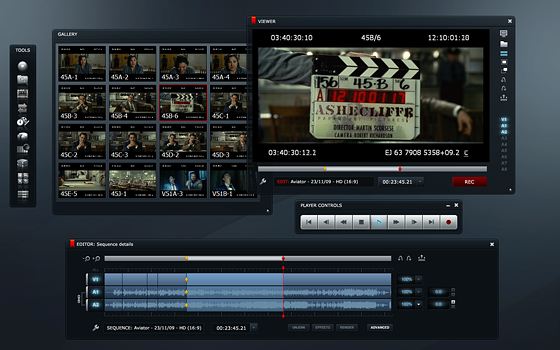

While it builds on the first four ProRes versions, it adds support for the following: ProRes 4444, the fifth version, is the exception. The five versions of ProRes in the list above are sorted in order from lowest bit rate to highest bit rate. In general, the lower the bit rate, the smaller the file size, and, potentially, the lower the image quality. There is a relationship between bit rate, file size, and image quality. Optimized for multiple processor support (Unlike H.264, ProRes encoding and decoding are optimized for multiple processors.).Matching the frame rate, frame size, and pixel aspect ratio of the source video.Fast render times, much faster than GOP-compressed video like XDCAM EX or HDV.4:2:2 chroma sub-sampling, the maximum allowed for video formats.10-bit color depth, for very high color fidelity.Variable bit-rate data encoding, creating smaller files than constant bit rate encoding.Intra-frame encoding, meaning each frame is individually compressed as a stand-alone picture, unlike GOP-based encoding like XDCAM EX or HDV.

The first four flavors of ProRes in this list are identical in every respect, except one – bit rate. So, that begs the question: which version should you use for your project?
Eyeframe converter best settings for lightworks pro#
With the release of Final Cut Pro 7, Apple increased the number of ProRes versions from two to five: Larry’s Monthly Final Cut Studio Newsletter. [ This article was first published in the May, 2010, issue of


 0 kommentar(er)
0 kommentar(er)
